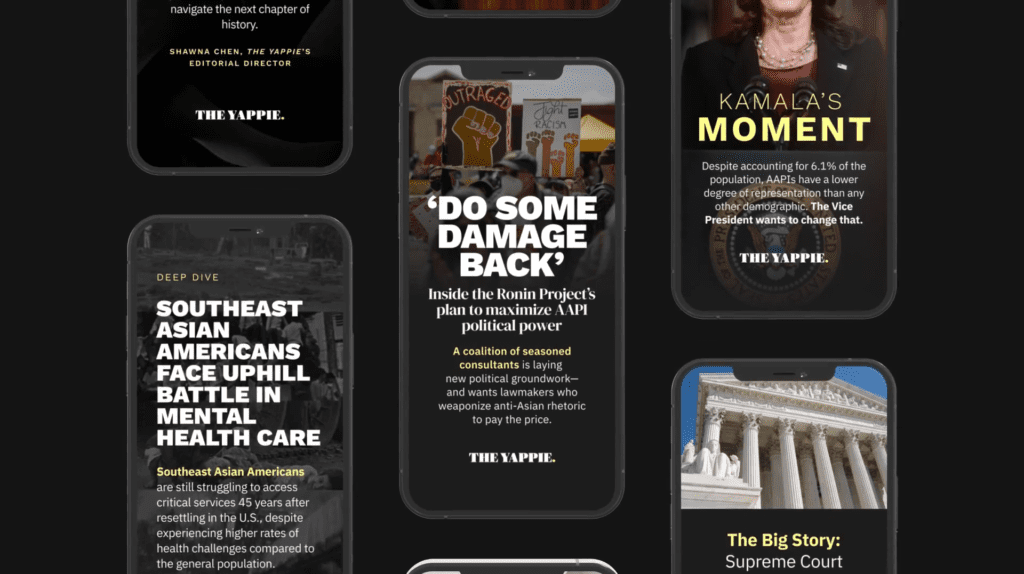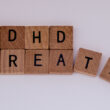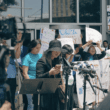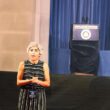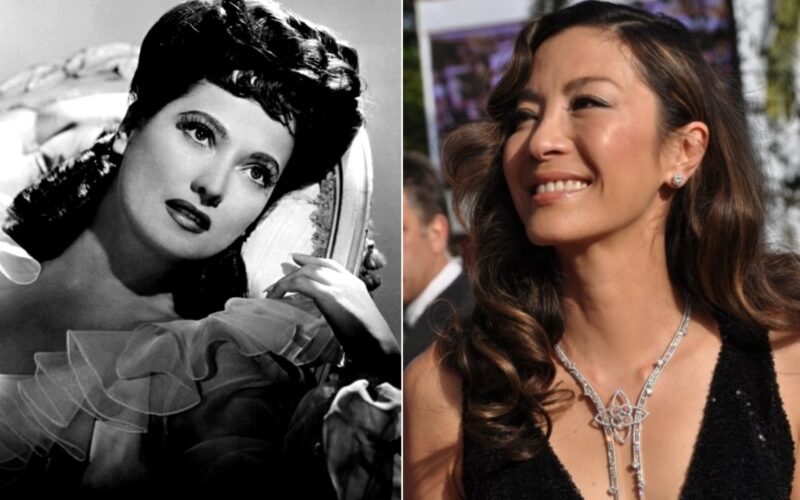Sign up here to receive The Yappie's weekly briefing on Asian American + Pacific Islander politics and support our work by making a donation.
When Malaysian actress Michelle Yeoh’s nomination for what would become a history-making Academy Award win was first announced, a flurry of headlines labeled her the “first Asian-identifying woman” to be up for the category. Yeoh, however, was not the first Asian nominated for Best Actress—that groundbreaking honor goes to Merle Oberon, who was nominated 87 years ago for her role as Kitty Vane in the 1935 film “The Dark Angel.”
The catch: No one knew it at the time—she had hidden her South Asian heritage her entire life.
- To succeed in the film industry in that era, passing for white was a necessity. Anti-miscegenation laws were prevalent across the United States, and the Hays Code (1934-1968) adopted by the industry cracked down on any portrayal of mixed-race relationships. Any productions with such depictions were barred from release.
- Instead, Oberon portrayed white women—like in “The Dark Angel,” where her character was entangled in a love triangle with two childhood friends.
- “Oberon is an example of someone who was hiding her identity, was able to get parts in the industry specifically because she was hiding her identity,” film historian Monica Sandler said in an interview with Time. “If she had been openly Asian at that time, she would not have been able to have any leading roles because you could not have a romantic relationship between two people of two different races.”
The biography Oberon maintained for herself was that she was born to British parents in Tasmania, Australia and that her birth records were destroyed in a fire. She passed away never admitting her heritage.
- It wasn’t until 1983 when authors of her biography “Princess Merle: The Romantic Life of Merle Oberon” located her birth certificate in India that the truth of her story finally came out.
The truth behind her identity: Named Estelle Merle O’Brien Thompson, Oberon was born in Bombay in 1911 to an English father and a Sri Lankan mother who had Māori ancestry. She grew up believing a woman named Charlotte to be her mother, but Charlotte, who had been 26 at the time of Oberon’s birth, was actually her grandmother.
- Her birth mother was Charlotte’s daughter Constance. Constance, like Charlotte, had been raped by a white English man and became pregnant with Oberon. She was only 14 when she gave birth, and Charlotte decided to raise the two as sisters.
- Growing up mixed-race in India was hard—Oberon dropped out of school after getting constantly bullied and eventually started acting in the Calcutta Amateur Theatrical Society in 1920.
Beginning her career: After she moved to the United Kingdom with Charlotte in 1928 at age 17, she made a breakthrough upon meeting producer (and her eventual first husband) Alexander Korda, who helped transform her into a white-passing actress. Korda’s publicists allegedly convinced her to change her last name to Oberon and created the Tasmania-born backstory to obscure her background.
- Oberon herself took on a posh British accent to keep up the charade and lightened her skin with bleaching products that contained high levels of poisonous ammoniated mercury. She also kept portraits of Charlotte, who played the role of a maid when they traveled together, but painted with a lighter skin tone.
- Being able to pass as white ultimately enabled her success in Hollywood. Early on, Oberon was cast in roles that were considered to be “exotic.” When she portrayed the white woman in “The Dark Angel”—the film for which she received her first and only Oscar nomination—Oberon claimed she was finally able to play herself. Following “The Dark Angel,” she landed leading roles in several productions, including “Wuthering Heights” (1939), “Berlin Express” (1948), and “The Price of Fear” (1956).
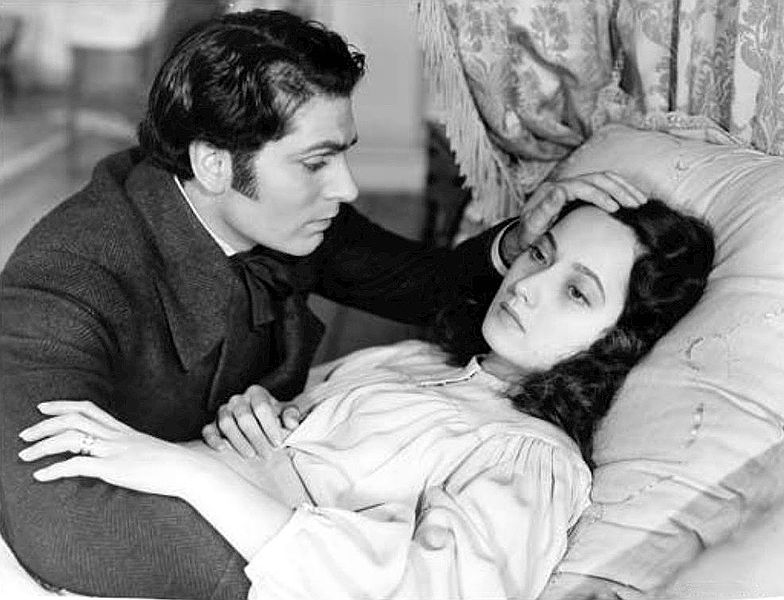

- It was not until a function in Australia in her honor that she finally admitted she was not born in Tasmania. A year later, she passed away due to a stroke in 1979 at age 68 in Malibu, California.
Hollywood’s racist history
Though Oberon kept her ancestry a secret, a few other Asian actors were open about their identity at the time—usually because they had to be. The most notable was Anna May Wong, who is often called Hollywood’s first Asian American movie star.
- In contrast to Oberon’s success as the lead in several films, Wong struggled to land leading roles herself. Due to the Hays Code, she could never be cast as the main romantic lead opposite a white actor. The roles she did land perpetuated stereotypes of the Lotus Flower and the Dragon Lady, and as a result, Wong stepped away from Hollywood for many years.
While Asian actors were largely shut out, Hollywood frequently and flagrantly engaged in the practice of yellowface. One of the most egregious examples was “The Good Earth” (1937), a film about Chinese farmers struggling to survive.
- Wong had actually auditioned and screen-tested for the main role of Chinese wife O-Lan. Reports allege she gave a moving performance, but producers instead cast white actors as the film’s leads and put them in yellowface using offensive makeup and costuming because they deemed an all-Asian cast unappealing to American audiences.
- Actors of actual Asian descent were relegated to secondary characters. “The Good Earth” was later nominated for Best Picture, and white actress Luise Rainer won the Oscar for Best Actress for her role as O-Lan.
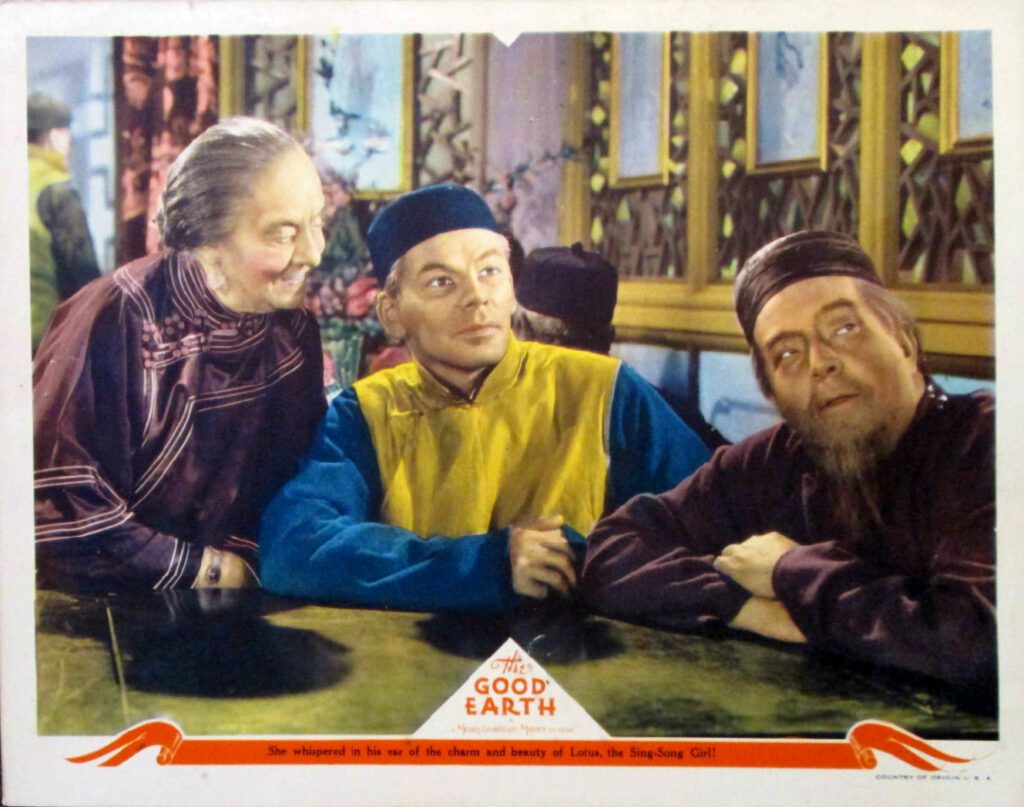

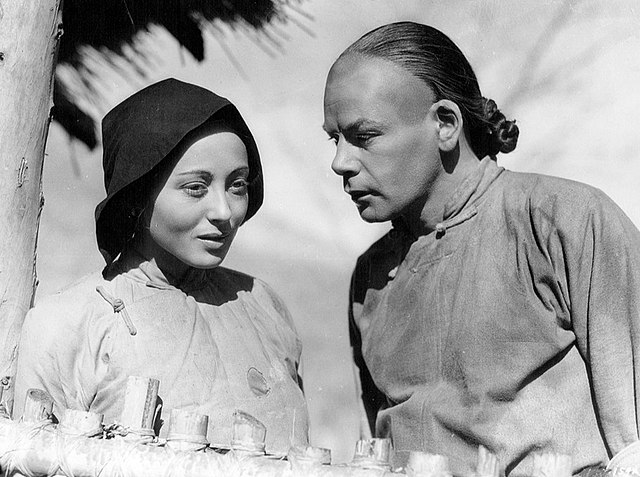

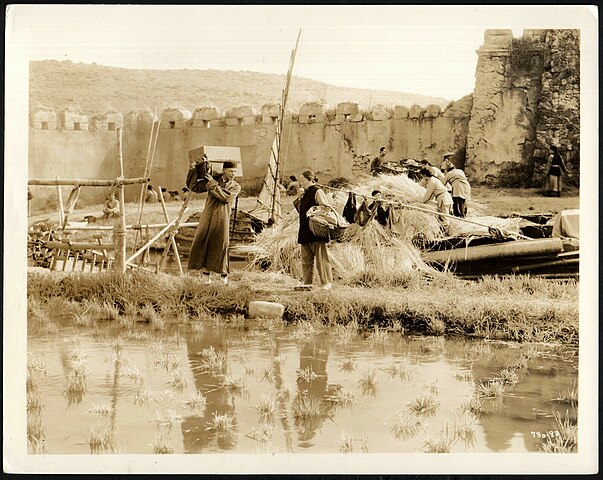

Where things stand
Today, Asian actors still face limited options while films continue to perpetuate stereotypes. Yeoh herself turned down Hollywood parts for a few years because she refused to accept stereotypical roles. Despite an illustrious career in several action and martial arts films, it was not until her starring role in “Everything Everywhere All At Once” that Yeoh received widespread acclaim and praise for her acting talent.
- Though yellowface is less of a practice now, whitewashing roles originally conceived to be Asian remains an issue. Recent examples include “Aloha” (2015) and “Dr. Strange” (2016), as well as live-action adaptations of popular Japanese manga like “Ghost in the Shell” and “Death Note.”
There has been progress as well. “Fresh Off The Boat” premiered in 2015, becoming the first network television sitcom in the United States to feature a family of Asian Americans as main characters in over 20 years. In 2018, “Crazy Rich Asians,” the first studio film to feature an all-Asian cast in a modern setting since 1993, was released to box office success, proving the audience demand for Asian characters and storytelling.
- Other recent releases like “The Farewell” (2019), “Never Have I Ever” (2020), “Yellow Rose” (2020), and “Beef” (2023) were hailed for their depictions of relatable Asian American experiences. Likewise, “Everything Everywhere All At Once” received praise from audiences and critics alike for its themes of intergenerational trauma and immigrant life, going on to win a leading seven Academy Awards including Best Picture.
Yes, but: Hollywood systematically undermined Asian talent and storytelling for so long—from relying on blatant stereotypes to erasing them from popular culture. Although Asian Americans are the fastest-growing population in the U.S., they remain significantly underrepresented in the media. According to a University of Southern California study, only 4.4% of speaking characters in popular American films from 2007 to 2013 were Asian.
- In a 2021 ViacomCBS report, researchers found that media representation can significantly impact one’s mental health, self-esteem, and sense of belonging. They also found that “after knowing someone personally, media representation is the number one way to foster empathy and understanding of differences.” In the face of pandemic-related anti-Asian racism and the ongoing Asian American mental health crisis, Hollywood remains a critical medium for recognizing and normalizing Asian American experiences.
In her acceptance speech for the Best Actress Oscar, Michelle Yeoh said: “For all the little boys and girls who look like me watching tonight, this is a beacon of hope and possibilities. This is proof—dream big—and dreams do come true.”
- As we celebrate Asian American Native Hawaiian Pacific Islander Heritage Month, it’s important to recognize the struggle that people like Merle Oberon faced in this white-dominated industry. While there has been progress since her time, we cannot—and will not—let them remain the only Asian actors recognized and respected by the cream of the crop in Hollywood.




